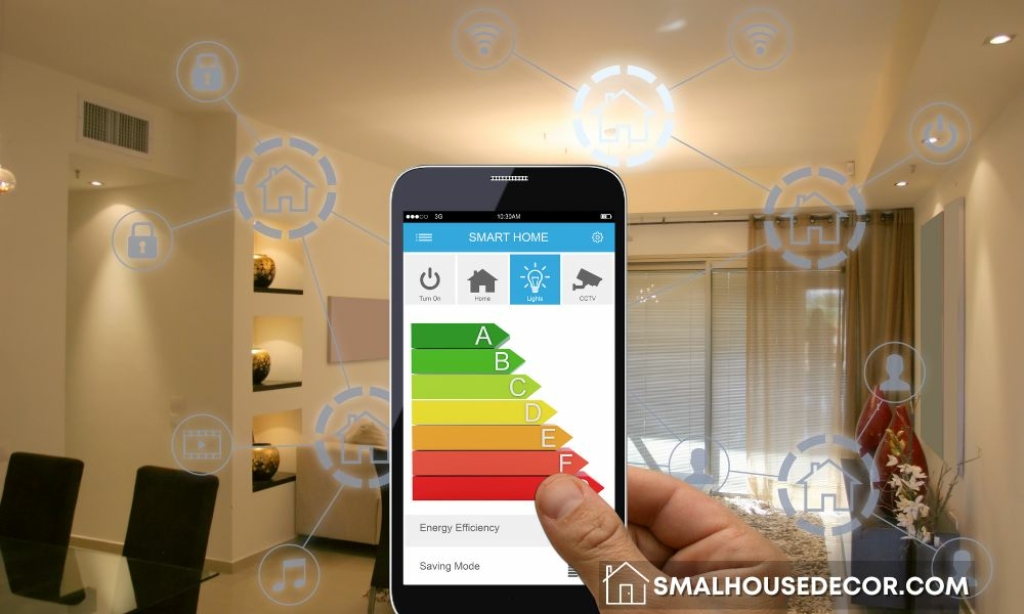The concept of a “smart home” has evolved from science fiction into reality, offering homeowners the convenience, security, energy competence they could only dream of a few decades ago. However, before diving into the world of smart technology,
it’s essential to conduct a thorough cost analysis to understand the financial implications of transforming your house into a smart home. In this article, we’ll break down the expenses associated with setting up a smart home, helping you make informed decisions about this exciting venture. Before we begin, for buying smart switch Singapore, please click on this link.

1. Smart Home Gears
The heart of a smart house lies in its components, including smart speakers, thermostats, lighting, cameras, locks, & more. The cost of these devices varies widely depending on brand, functionality, and features. For instance, a basic smart speaker like the Amazon Echo Dot may cost around $50, while a high-end model with advanced features can exceed $300. As you plan your smart home, make a list of the devices you desire & research their prices to estimate your initial investment accurately.
2. Hub or Ecosystem Costs
Many smart devices require a central hub or ecosystem to connect and communicate effectively. For example, if you opt for Apple HomeKit, you may need to invest in an Apple HomePod / Apple TV as the chief controller. Likewise, for a Google-centric ecosystem, you’d require a Google Nest Hub or Chromecast. These hubs can cost between $50 and $300, depending on the model and capabilities. Consider this cost as a foundational element of your smart home setup.
3. Installation & Setup
Depending on your technical skills and the complexity of your smart home project, you may need professional installation services. Smart locks, thermostats, or whole-home automation systems may require the expertise of an electrician or technician, which can add several hundred dollars to your expenses. It’s essential to budget for installation costs and factor in the time it takes to set up and configure your devices.
4. Subscription Fees
Some smart home devices and services come with ongoing monthly subscription fees. For example, if you want to access cloud storage for your security cameras or use advanced features of certain smart home apps, you may be required to pay a monthly subscription fee. These costs can range from $5 to $30 or more per month, depending on your chosen services.
5. Energy Costs
While smart home devices are designed to enhance energy efficiency, they may still contribute to your electricity bill. Smart thermostats, lighting systems, and appliances can be programmed to optimize energy usage, but their continuous connectivity may lead to a slight increase in power consumption. Be prepared for a potentially higher energy bill and consider it in your cost analysis.
Also Read: A Quick Look at Why Energy Bill Is Going Up and What You Can Do About It
6. Maintenance, Upgrades
Smart technology evolves rapidly, and staying current with the latest advancements often requires periodic upgrades and maintenance. This might entail replacing outdated devices, updating firmware, or troubleshooting connectivity issues. Allocate a portion of your budget for ongoing maintenance and potential future upgrades.
7. Cybersecurity Measures
As you introduce more connected devices into your home, it becomes increasingly important to invest in cybersecurity measures. This may involve purchasing antivirus software, securing your Wi-Fi network, and implementing other protective measures to safeguard your smart home from cyber threats. These costs are essential for your digital security.
Conclusion
Setting up a smart home can significantly enhance your daily life, offering convenience, security, and energy savings. However, it’s crucial to consider the full spectrum of costs associated with this transformation.
From the initial purchase of smart devices to installation, ongoing subscription fees, and cybersecurity measures, understanding the financial implications is essential for making informed decisions. Also, if you’re in search of smart light switch Singapore, feel free to visit the link once. By conducting a comprehensive cost analysis, you can board on your smart home journey with confidence, ensuring that your investment aligns with your goals, budget.
F.A.Q.s
1. Can smart home devices be controlled remotely?
Answer: Yes, most smart devices can be controlled remotely through smartphone apps or voice assistants.
2. Are smart homes vulnerable to hacking?
Answer: Smart homes can be vulnerable, so it’s crucial to follow cybersecurity best practices and keep devices updated.
3. How can I start building a smart home from scratch?
Answer: Begin by selecting a central hub, like a smart speaker, and gradually add compatible devices as needed.
4. Are there privacy concerns with smart home cameras?
Answer: Privacy is a concern; ensure cameras have strong encryption and use them responsibly.
5. Can I integrate different brands of smart devices into one system?
Answer: Yes, using compatible ecosystems like Apple HomeKit or Google Assistant can help unify devices from various brands.